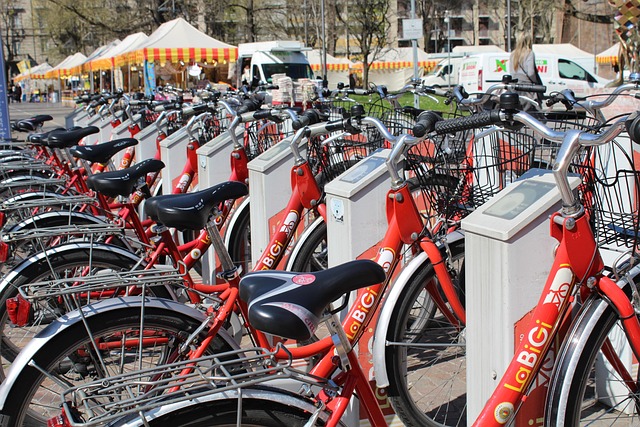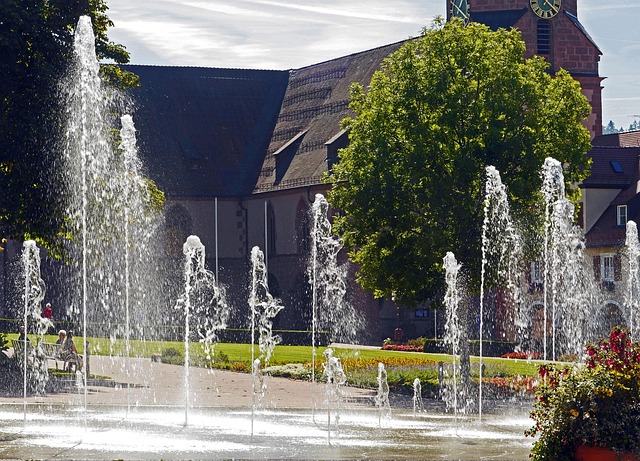Revolutionizing Urban Living: Embracing Sustainable Mobility in Habitat Design
In an age where urbanization is reaching unprecedented levels, the concept of sustainable mobility emerges as a beacon of hope for reimagining our urban habitats. As cities expand and populations grow, our dependence on traditional vehicular transport threatens to overwhelm our ecosystems and stifle the very essence of urban life. The time has come to explore how sustainable mobility can radically transform our approach to habitat design and enhance the quality of life for all city dwellers.
Imagine stepping outside your door into a vibrant, walkable community, where transportation isn’t just about getting from one point to another, but an integral part of your daily experience. This is the promise of sustainable mobility, which encompasses a range of eco-friendly transportation options, including walking, cycling, and the use of electric public transport. By weaving these elements into our urban fabric, we can create habitats that are not only functional but also joyful and inspiring.
One of the key components of sustainable mobility is the design of interconnected pathways and green spaces. When urban planners prioritize walking and cycling routes, they facilitate a healthier lifestyle while reducing the carbon footprint. Communities become more cohesive as people are encouraged to explore their surroundings on foot or bike, creating opportunities for social interaction and fostering a sense of belonging.
Implementing sustainable mobility solutions in urban design also contributes to improved air quality and reduced noise pollution. By integrating green transportation options, cities can reclaim their streets from the clutches of traffic congestion and inefficiency. Imagine parks that come alive with the sounds of laughter instead of horns blaring, where children can play freely and elders can take leisurely walks without fear of being overwhelmed by cars.
Furthermore, the commitment to sustainable mobility aligns with the urgent need to address climate change. By investing in electric public transport systems and infrastructure that supports renewable energy sources, cities can lay the groundwork for a future where urban living coexists harmoniously with nature. As citizens become more attuned to their impact on the environment, we cultivate a culture of responsibility and stewardship, encouraging everyone to contribute to a greener planet.
As we navigate the complexities of modern urban living, embracing sustainable mobility must become a guiding principle in habitat design. By prioritizing accessibility, health, and environmental sustainability, we can inspire a paradigm shift that not only redefines our cities but also enhances the quality of life for generations to come. Urban habitats of the future should be places where people thrive, communities flourish, and nature is celebrated as an integral part of daily life. Let’s embark on this journey together, forging a new path to sustainable urban living.




